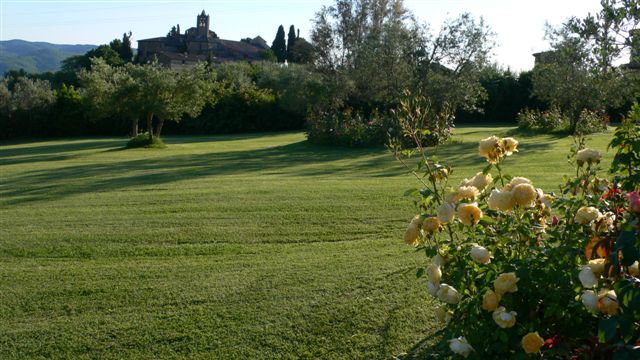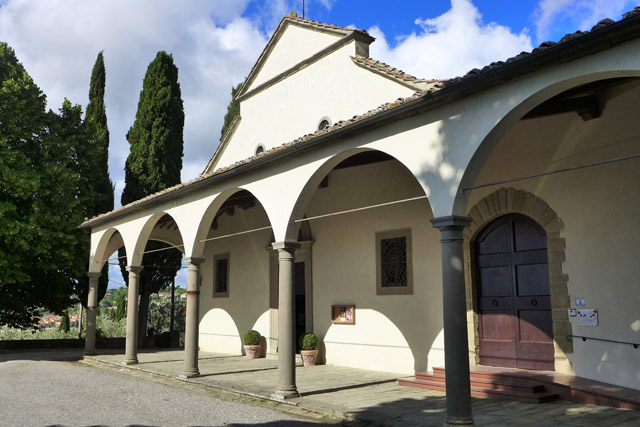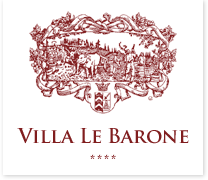
The community of San Leolino in Panzano in Chianti, near Villa le Barone, has published a booklet which contains various accounts of the last months of World War II in Chianti, based on documents saved in the Episcopal archives of Fiesole.
Maurizio Carnasciali, author of numerous books on the history of Chianti, writes in this booklet: “After September 8, 1943, the date of the armistice with the Anglo-Americans, it looked like that war was really over for Italy. Sadly, this was not the case…. After the Allied landings in Sicily of July 10, 1943, the front moved during the nine months following the armistice to arrive in Tuscany in the early days of July 1944; Rome was liberated on June 4, Siena on July 14, and Florence on August 11. Between the beginning of June and the month of August war also took place in the hills of Chianti, where German soldiers strategically stood to delay the advance of Allied troops.
Ecclesiastical archives, especially the archives of the Bishop of Fiesole, have preserved many documents about the events which took place in Chianti between June and July 1944.
According to these records, there were, in 19 of the 52 Chianti parishes, 34 dead, 137 prisoners, 19 buildings destroyed and 412 badly damaged. In addition, livestock was confiscated and many crops were completely destroyed because of the passage of the troops.

The documents stored in the bishopric of Fiesole include a series of letters sent by the priests of the diocese, at the request of the Curia, to Bishop Giovanni Giorgis, immediately after the passage of the front. The booklet published by the community of San Leolino reproduces the texts from four parishes, including one sent by the priest of San Leolino, a beautiful church that can be admired from the gardens Villa le Barone.
